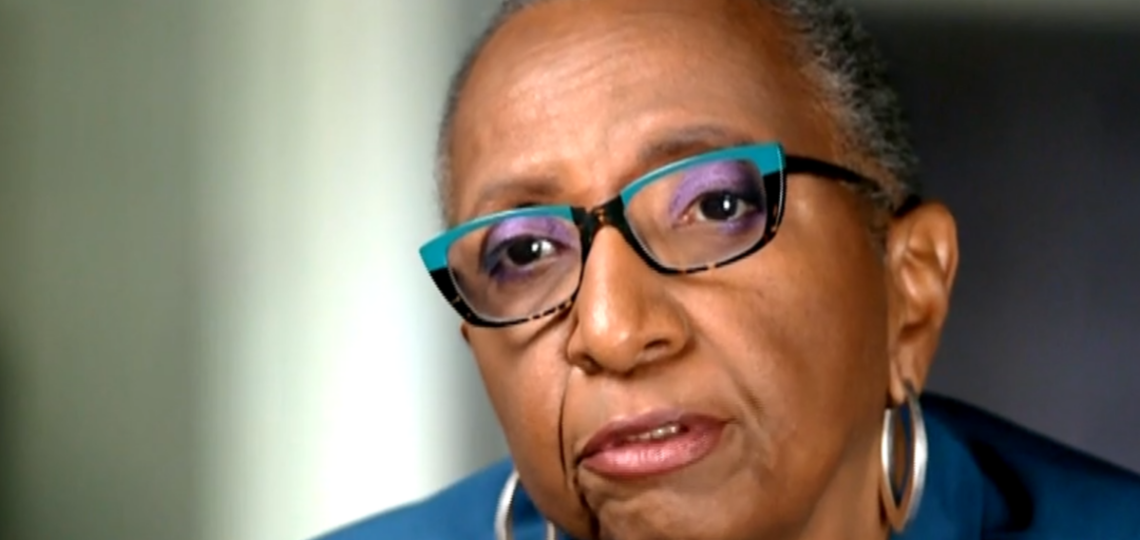
Trump asks Supreme Court to let him fire members of independent labor boards
Washington — The Justice Department asked the Supreme Court on Wednesday to halt lower court decisions that voided President Trump’s firings of a member of the National Labor Relations Board and a member of the Merit Systems Protection Board while a legal challenge to the removals plays out.
In a request for emergency relief from the high court, Solicitor General D. John Sauer said the district court orders reinstating Cathy Harris to her role on the Merit Systems Protection Board and Gwynne Wilcox to the National Labor Relations Board harm the president and the separation of powers.
Sauer asked the high court to issue a stay of district court decisions that found the removals unlawful and said the justices could also take up the case before the U.S. Court of Appeals for the District of Columbia Circuit rules. If the Supreme Court chooses that route, Sauer asked it to consider the constitutionality of federal laws that provide removal protections for members of the NLRB and MSPB.
“The president should not be forced to delegate his executive power to agency heads who are demonstrably at odds with the administration’s policy objectives for a single day — much less for the months that it would likely take for the courts to resolve this litigation,” he wrote.
The bid for the Supreme Court’s intervention comes as the justices have been faced with a flurry of requests for emergency relief from the Trump administration. More than 150 cases challenging Mr. Trump’s second-term agenda have been filed in courts across the country and are progressing through the federal judiciary.
At the center of these disputes is the president’s authority to remove executive branch officers from their positions at independent agencies. Wilcox was appointed to the NLRB by former President Joe Biden in 2021 and confirmed to a second, five-year term in 2023. Harris, meanwhile, was named to the MSPB for a seven-year term by Biden in 2022 and designated its chair in 2024.
But Wilcox and Harris received emails soon after Mr. Trump returned to the White House informing them that they were being removed from their positions on their respective boards. They each challenged their firing in federal district court, asserting that their termination violated federal laws that limited the grounds for their removal to neglect of duty or malfeasance, and sought relief restoring them to their roles.
In early March, two separate federal judges in Washington, D.C., ruled for Harris and Wilcox, finding that Mr. Trump’s firings of them were unlawful. The judges declared the removals null and void, and said the two each remained members of their respective boards.
But the D.C. Circuit last month agreed to pause those decisions, clearing the way for the president to remove Harris and Wilcox once again. The officials asked the full complement of judges to reconsider their cases, and earlier this week, the full D.C. Circuit ruled 7-4 to put the district court orders back in place, meaning Wilcox and Harris could go back to their jobs at the NLRB and MSPB while they challenged the removals.
In the emergency appeal with the Supreme Court, Sauer argued that Article II of the Constitution empowers the president to remove at-will members of multi-member boards that exercise “substantial executive power,” like the NLRB and MSPB.
“Federal courts lack any constitutional, statutory, or equitable authority to order the reinstatement of agency heads whom the president has removed and to force the president to rely on principal officers whom the president believes should not be exercising any executive power,” he wrote.
Sauer said that the NLRB and MSPB both fall outside an exception to the president’s power to remove executive officers established by the Supreme Court in 1935. In that case, Humphrey’s Executor v. United States, the high court found that Congress could impose for-cause removal protections to multi-member commissions of experts that are balanced along partisan lines and do not exercise any executive power.
Both agencies, he said, exercise “substantial” executive power in executing laws governing the workforce or labor relations.